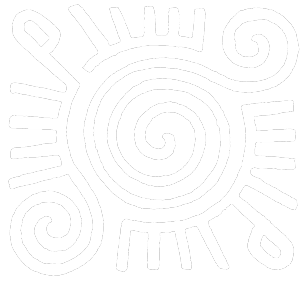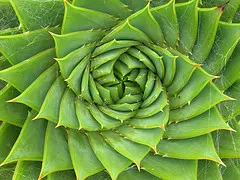As I continue to notice my backyard on this day of winter sunshine, I easily find evidence of past and future seasons. Dried stalks of prairie plants push through the snow and hold up their variety of remnant flowers, evidence of the lush growing time of summer. The cut stalks of asparagus plants top off the compost pile, reminders of the last days of fall cleanup and the long-lived roots that lie in wait under the frozen soil. I notice that I am now allowing time to pass in my mind’s eye. Season passes into season and year into year – past, present, and future.
Here I am noticing temporal scale – the varying amounts of time for each living being to complete a life cycle from birth to death or for a landscape to change from one kind of ecosystem to another. In the years since European settlement, my backyard has changed from native wetland, to coal ash dump for a new city, to construction site for homes, to yard and garbage burial site, to lawn and vegetable garden, and now to a mix of plants that are native and non-native, edible and ornamental, living in a patchwork of my own design, modeled after the designs of nature. To an ecologist, temporal scale can vary from microseconds for a biochemical reaction to thousands of years for the development of an ecosystem. For geologic and evolutionary changes, temporal scale spans billions of years. For tracking our human lives, we often think of the days and months that make up a single year and grow into a lifetime.
Take a moment to come into the heart space of your own center and the center of your home place and ask:
How do you and your home place dance through time? How do you observe and celebrate daily, lunar, and seasonal cycles?
What is the current season of your lifetime? In the words of poet Mary Oliver, “tell me, what is it you plan to do with your one wild and precious life?”
Adapted from Cycles of Seasons, Sense of Place by Anne Forbes in The Yahara Watershed Journal, Vol. 2, 1997. Used with permission.



